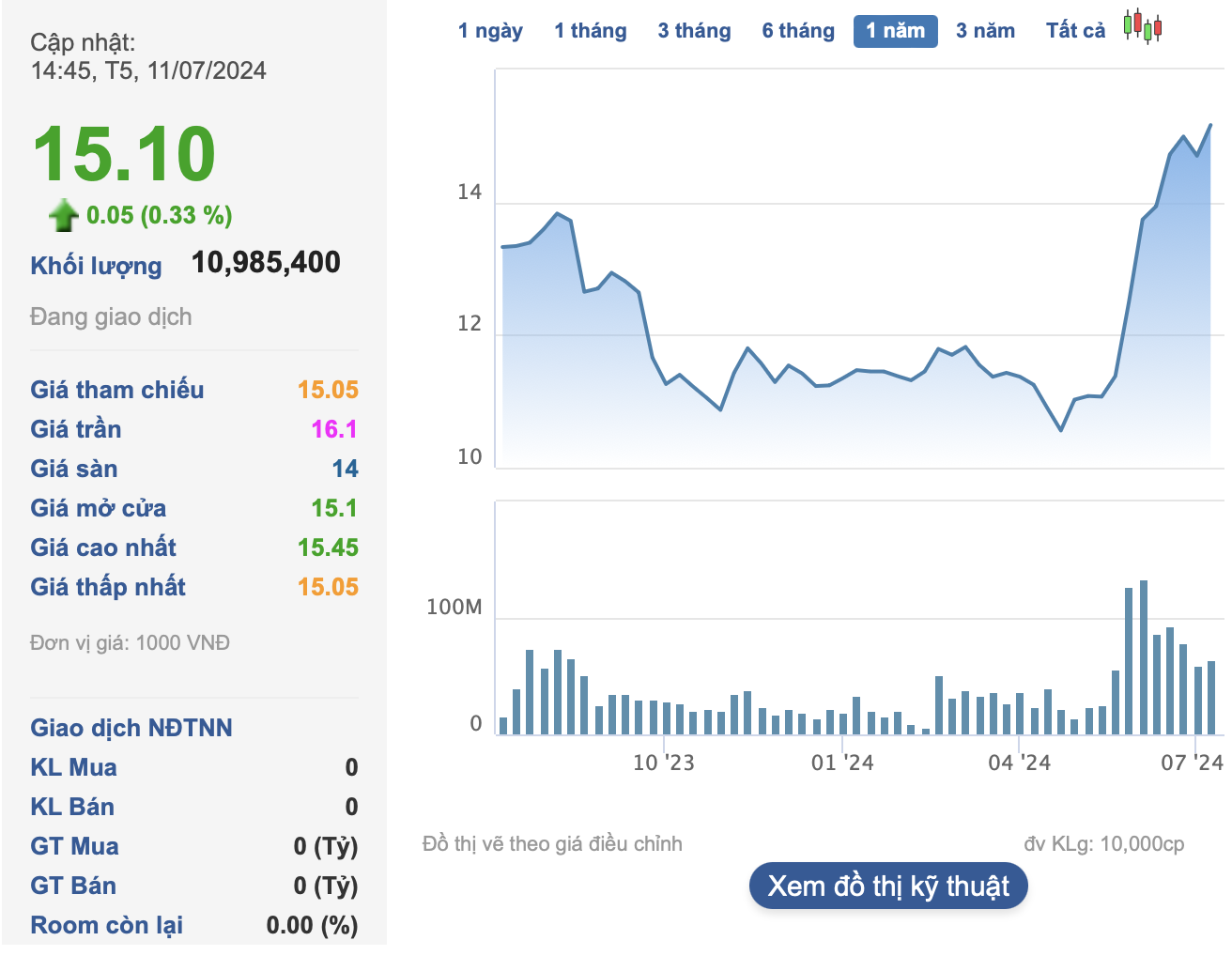
What Is Fintech?
Fintech, short for financial technology, is a term used to describe the integration of technology into a financial service or process, with the goal of enhancing or automating it.
More broadly, the term fintech also encompasses a rapidly growing industry that serves the interests of both consumers and businesses in multiple ways. From mobile banking and insurance to cryptocurrency and investment apps, fintech has a seemingly endless array of applications.
What Is the Importance and Impact of Fintech?
The rapid digitization, automation and enhancement of financial services has led to greater convenience for consumers.
For instance, neobanks — banks that operate exclusively online — enable customers to complete actions like ordering credit cards and opening savings accounts online without charging the same fees as traditional institutions. Other fintech products, like digital wallets and peer-to-peer payment apps, have made it easy for people to simplify payment processes.
Fewer fees and online access have made fintech a viable alternative for communities that have been traditionally underserved by the finance industry. Over 90 percent of Hispanic consumers use some kind of fintech, followed by 88 percent of Black consumers and 79 percent of Asian consumers.
Businesses have also embraced fintech and contributed to its growth. Financial institutions provide 24/7 customer service with chatbots and robo-advisors, insurers use AI-driven fintech products to assess risk and offer accurate premiums and businesses connect to investors and other sources of capital through lending platforms.
Between 2019 and 2023, the number of fintech unicorns ballooned from 39 to 272, and the market capitalization of fintech companies doubled.
How Does Fintech Work?
Fintech works by simplifying financial processes for consumers and businesses. When it comes to fintech apps, this is typically done through application programming interfaces (APIs), which enable communication between two applications to facilitate data sharing. This makes it possible for fintech products to automate fund transfers, analyze spending data and perform other tasks.
Fintech apps can then leverage users’ data in different ways, depending on their purpose. Insurance apps can access policy details to provide personalized advice, banking apps can connect to checking accounts to send digital payments and personal finance apps can monitor credit histories to track financial health.
In addition to standalone apps, fintech companies partner with other organizations to provide embedded financial services. Embedded finance integrates financial services into non-financial apps. Take Apple Wallet, for example. Through the collaboration of Apple with different companies, iPhones store information like credit card details for users to access digitally.
Fintech Industry Overview
The global fintech market continues to show promise and is set to surpass $882 billion by 2030. However, there have been plenty of growing pains along the way, most notably the FTX crypto exchange scandal and the Silicon Valley Bank collapse. Amid recent tensions and fears, fintech funding has slowed. But there’s reason to believe a rebound is on the horizon.
Despite setbacks in 2023, customer growth rates have exceeded 50 percent across various industries and regions within the global fintech industry. The prospect of further combining fintech with artificial intelligence has produced even more excitement, expanding the possibilities for what fintech could look like in the years to come.























